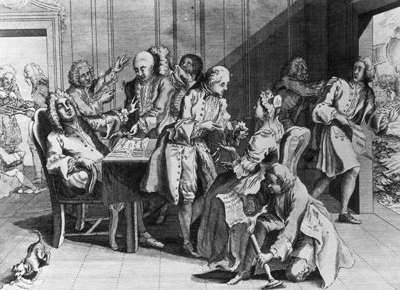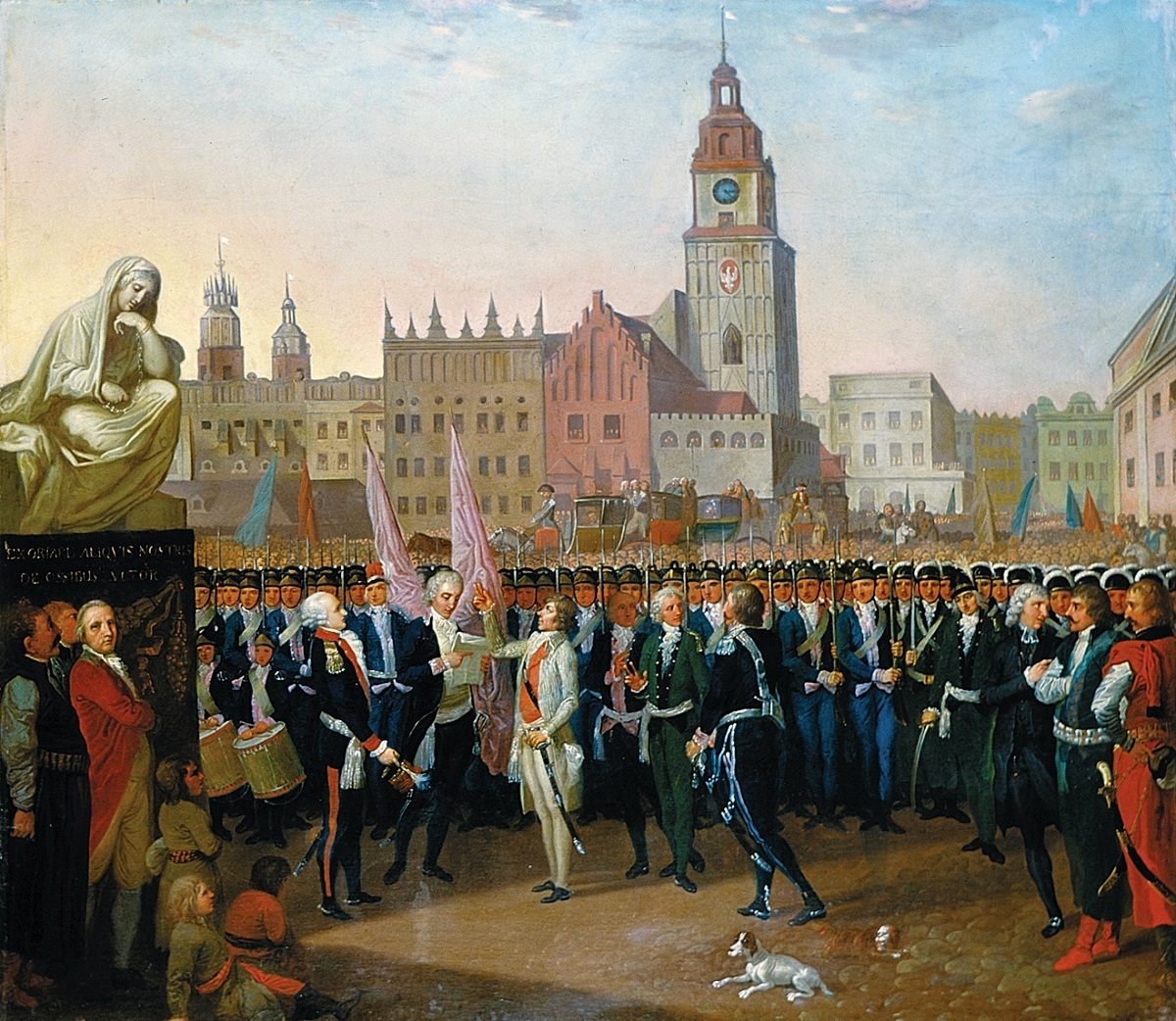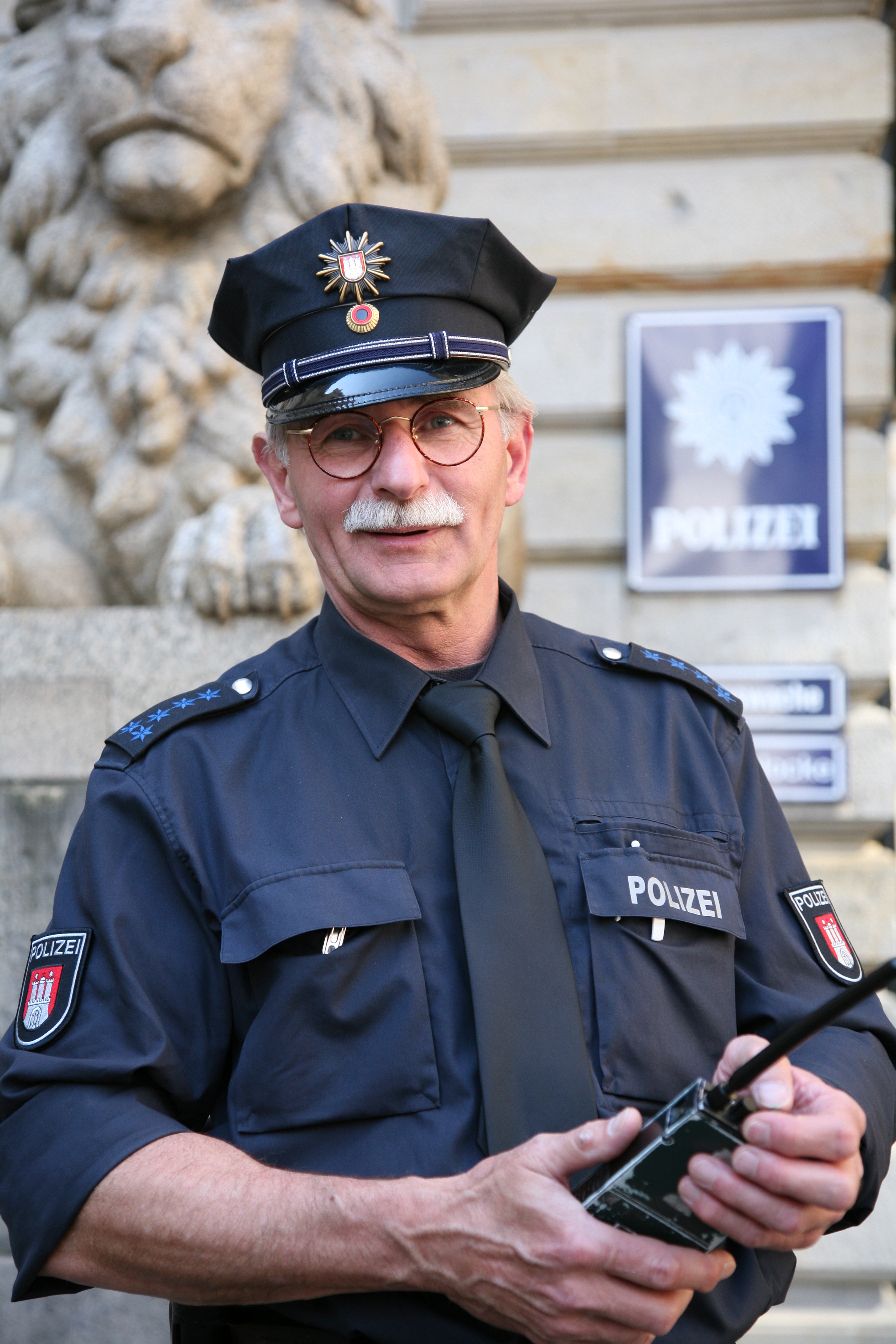|
Fryderyk Józef Moszyński
Fryderyk Józef Jan Kanty Moszyński (1738 in Dresden – 21 January 1817 in Kiev) of Nałęcz coat of arms was a noble (''szlachcic'') in the Polish–Lithuanian Commonwealth. He held the offices of Lithuanian Referendary, Lithuanian Grand Secretary and Crown Grand Marshal. Fryderyk Józef Moszyński was a son of Jan Kanty Moszyński, Grand Treasurer of the Crown (''podskarbi wielki koronny''), and Fryderyka Augusta, an illegitimate daughter of Augustus II the Strong, king of Poland, and his mistress Countess of Cosel. He was posthumus (his father died on 15 September 1737). He had an older brother, August Fryderyk Moszyński. Fryderyk Józef Moszyński was born in Dresden. He was baptised on 14 March 1738. Fryderyk Józef Moszyński spent his childhood in Dresden under the tutelage of Heinrich von Brühl. He was well educated. Moszyński knew a few languages. He was also interested in maths. In 1766–68 he was the member of Crown Treasury Commission, and from 1768 a ... [...More Info...] [...Related Items...] OR: [Wikipedia] [Google] [Baidu] |
Jan Kanty Moszyński
Jan Kanty Moszyński (c. 1690 – 14 September 1737) was a Polish-Lithuanian nobleman and politician, podskarbi, Treasurer of the Crown Court from 1729. He came from a poor noble family but married the daughter of Augustus II the Strong. His grandfather was Andrzej Ludwik Moszyński (died 1683). His father, Aleksander Michał, lived in a small village in Podlasie and served as its treasurer. He was awarded the Order of White Eagle on 18 February 1730. Moszyński and more so his son Frederyk August Moszyński (1739–1786) built a notable museum collection. References Bibliography *Julian Bartoszewicz: ''Znakomici mężowie Polscy w XVIII w.'' Vol. 2, Petersburg 1856, pp. 117–198 17th-century Polish nobility 18th-century Polish–Lithuanian politicians 18th-century Polish nobility 1737 deaths Year of birth uncertain Recipients of the Order of the White Eagle (Poland) {{Poland-politician-stub ... [...More Info...] [...Related Items...] OR: [Wikipedia] [Google] [Baidu] |
Constitution Of 3 May
The Constitution of 3 May 1791, titled the Government Act, was a written constitution for the Polish–Lithuanian Commonwealth that was adopted by the Great Sejm that met between 1788 and 1792. The Commonwealth was a dual monarchy comprising the Crown of the Kingdom of Poland and the Grand Duchy of Lithuania; the new constitution was intended to address political questions following a period of political agitation and gradual reform that began with the Convocation Sejm of 1764 and the election that year of the Commonwealth's last monarch, Stanisław August Poniatowski. It was the first codified, modern constitution (possessing checks and balances and a tripartite separation of powers) in Europe and the second in the world, after that of the United States. The Constitution sought to implement a more effective constitutional monarchy, introduced political equality between townspeople and nobility, and placed the peasants under the government's protection, mitigating the worst ab ... [...More Info...] [...Related Items...] OR: [Wikipedia] [Google] [Baidu] |
1738 Births
Events January–March * January 1 – At least 664 African slaves drown when the Dutch West Indies Company slave ship ''Leusden'' capsizes and sinks in the Maroni River during its arrival in Surinam. The Dutch crew escapes, and leaves the slaves locked below decks to die. * January 3 – George Frideric Handel's opera '' Faramondo'' is given its first performance. * January 7 – After the Maratha Empire of India wins the Battle of Bhopal over the Jaipur State, Jaipur cedes the Malwa territory to the Maratha in a treaty signed at Doraha. * February 4 – Court Jew Joseph Süß Oppenheimer is executed in Württemberg. * February 11 – Jacques de Vaucanson stages the first demonstration of an early automaton, '' The Flute Player'' at the Hotel de Longueville in Paris, and continues to display it until March 30. * February 20 – The Swedish Levant Company is founded. * March 28 – Mariner Robert Jenkins presents a pickled ear, whic ... [...More Info...] [...Related Items...] OR: [Wikipedia] [Google] [Baidu] |
Antoni Stanisław Czetwertyński-Światopełk
Prince Antoni Stanisław Czetwertyński-Światopełk (1748–1794) was a nobleman (''szlachcic'') and politician in the Polish–Lithuanian Commonwealth. Life and career He was one of the Polish magnates who took the side of the Russian Empire, and a member of many Sejms, including the ones of 1772 and 1775, and the partition Sejm. He was a member of the commission negotiation the First Partition of Poland, an opponent of the Constitution of 3 May and a participant of the Confederation of Targowica. He was awarded the Order of Saint Stanislaw in 1785, and he was the Castellan of Przemyśl from 1790. In the aftermath of the Warsaw Uprising during the Kościuszko Uprising, he was imprisoned by the Polish revolutionaries. On 28 June 1794, an angry mob stormed the prison, and he was hanged together with other people declared traitors, like bishop Ignacy Jakub Massalski. His family was smuggled to St. Petersburg, where his daughter Marie became a mistress of Alexander I of Russia. ... [...More Info...] [...Related Items...] OR: [Wikipedia] [Google] [Baidu] |
Ignacy Jakub Massalski
Prince Ignacy Massalski () (1726–1794) was a Polish-Lithuanian nobleman. Ignacy became a Catholic priest and was named Bishop of Vilnius by Pope Clement XIII on 29 March 1762.''Hierarchia Catholica medii et recentioris aevi'', v. VI, Patavii 1958, p. 442 He was one of the initiators of the Commission for National Education. During his time on the commission, Massalski set up 300 parish schools. In 1776 he was removed from the Commission for embezzlement of public funds. He was succeeded as head of the commission by Michał Jerzy Poniatowski. He was a supporter of the Targowica Confederation and an opponent of the Kościuszko Uprising. As bishop, Massalski was opposed to the kidnapping and forcible conversion of Jewish children. He published a pastoral letter in 1783 condemning such practices. Massalski commissioned the reconstruction of the Vilnius Cathedral by Laurynas Gucevičius, which brought it to its present appearance. He became the owner of the Verkiai Pal ... [...More Info...] [...Related Items...] OR: [Wikipedia] [Google] [Baidu] |
Bishop
A bishop is an ordained member of the clergy who is entrusted with a position of Episcopal polity, authority and oversight in a religious institution. In Christianity, bishops are normally responsible for the governance and administration of dioceses. The role or office of the bishop is called episcopacy or the episcopate. Organisationally, several Christian denominations utilise ecclesiastical structures that call for the position of bishops, while other denominations have dispensed with this office, seeing it as a symbol of power. Bishops have also exercised political authority within their dioceses. Traditionally, bishops claim apostolic succession, a direct historical lineage dating back to the original Twelve Apostles or Saint Paul. The bishops are by doctrine understood as those who possess the full Priest#Christianity, priesthood given by Jesus in Christianity, Jesus Christ, and therefore may ordain other clergy, including other bishops. A person ordained as a deacon, pri ... [...More Info...] [...Related Items...] OR: [Wikipedia] [Google] [Baidu] |
Ignacy Wyssogota Zakrzewski
Ignacy Wyssogota Zakrzewski (1745–1802) was a notable Polish nobleman, politician, art collector, Freemason, and the Mayor of Warsaw during the last years of the Polish–Lithuanian Commonwealth, in 1792 and 1794. Biography Ignacy Wyssogota Zakrzewski was born in Stary Białcz (Greater Poland Voivodeship). He was deputy of Poznań for the Great Sejm and one of the co-authors of the reforms of treasury passed by the Sejm during the Constitution of 3 May. In 1791 he co-founded the Society of Friends of the Constitution, and was among the most notable supporters of the reforms passed by that act, along with Hugo Kołłątaj and Ignacy Potocki. In 1792 he became the Mayor of Warsaw, but was overthrown by the confederation of Targowica. After the outbreak of the Kościuszko's Insurrection and the Warsaw Uprising of 1794 he again held that post. Simultaneously, he held a number of important government posts during the war with Russia, among them he headed the Provisional Temp ... [...More Info...] [...Related Items...] OR: [Wikipedia] [Google] [Baidu] |
Hanging
Hanging is killing a person by suspending them from the neck with a noose or ligature strangulation, ligature. Hanging has been a standard method of capital punishment since the Middle Ages, and has been the primary execution method in numerous countries and regions. The first known account of execution by hanging is in Homer's ''Odyssey''. Hanging is also a Suicide by hanging, method of suicide. Methods of judicial hanging There are numerous methods of hanging in execution that instigate death either by cervical fracture or by Strangling, strangulation. Short drop The short drop is a method of hanging in which the condemned prisoner stands on a raised support, such as a stool, ladder, cart, horse, or other vehicle, with the noose around the neck. The support is then moved away, leaving the person dangling from the rope. Suspended by the neck, the weight of the body tightens the noose around the neck, effecting strangulation and death. Loss of consciousness is typically rapid ... [...More Info...] [...Related Items...] OR: [Wikipedia] [Google] [Baidu] |
Angry Mob
Mobbing, as a sociological term, refers either to bullying in any context, or specifically to that within the workplace, especially when perpetrated by a group rather than an individual. Psychological and health effects Victims of workplace mobbing frequently suffer from: adjustment disorders, somatic symptoms, psychological trauma (e.g., trauma tremors or sudden onset selective mutism), post-traumatic stress disorder (PTSD), or major depression.Hillard JWorkplace mobbing: Are they really out to get your patient? Current Psychiatry Volume 8 Number 4 April 2009 Pages 45–51 In mobbing targets with PTSD, Leymann notes that the "mental effects were fully comparable with PTSD from war or prison camp experiences." Some patients may develop alcoholism or other substance abuse disorders. Family relationships routinely suffer and victims sometimes display acts of aggression towards strangers in the street. Workplace targets and witnesses may even develop brief psychotic episodes , ge ... [...More Info...] [...Related Items...] OR: [Wikipedia] [Google] [Baidu] |
Kościuszko Uprising
The Kościuszko Uprising, also known as the Polish Uprising of 1794, Second Polish War, Polish Campaign of 1794, and the Polish Revolution of 1794, was an uprising against the Russian and Prussian influence on the Polish–Lithuanian Commonwealth, led by Tadeusz Kościuszko in Poland-Lithuania and the Prussian partition in 1794. It was a failed attempt to liberate the Polish–Lithuanian Commonwealth from external influence after the Second Partition of Poland (1793) and the creation of the Targowica Confederation. Background Decline of the Commonwealth By the early 18th century, the magnates of Poland and Lithuania controlled the state – or rather, they managed to ensure that no reforms would be carried out that might weaken their privileged status (the " Golden Freedoms"). Through the abuse of the '' liberum veto'' rule which enabled any deputy to paralyze the Sejm (Commonwealth's parliament) proceedings, deputies bribed by magnates or foreign powers or those sim ... [...More Info...] [...Related Items...] OR: [Wikipedia] [Google] [Baidu] |
Warsaw Uprising (1794)
The Warsaw Uprising of 1794 or Warsaw Insurrection () was an armed insurrection by the people of Warsaw early in the Kościuszko Uprising. Supported by the Polish Army, the uprising aimed to throw off control by the Russian Empire of the Polish–Lithuanian Commonwealth, Polish capital city (Warsaw). It began on 17 April 1794, soon after Tadeusz Kościuszko's victory at the Battle of Racławice. Although the Russian forces had more soldiers and better equipment, the Polish regular forces and militia, armed with rifles and sabres from the Warsaw Arsenal, inflicted heavy losses on the surprised enemy garrison. Russian soldiers found themselves under crossfire from all sides and from buildings, and several units broke early and suffered heavy casualties in their retreat. Kościuszko's envoy, Tomasz Maruszewski, and Ignacy Działyński and others had been laying the groundwork for the uprising since early 1793. They succeeded in winning popular support: the majority of Polish uni ... [...More Info...] [...Related Items...] OR: [Wikipedia] [Google] [Baidu] |
Police
The police are Law enforcement organization, a constituted body of Law enforcement officer, people empowered by a State (polity), state with the aim of Law enforcement, enforcing the law and protecting the Public order policing, public order as well as the public itself. This commonly includes ensuring the safety, health, and possessions of citizens, and to prevent crime and civil disorder. Their lawful powers encompass arrest and the use of force legitimized by the state via the monopoly on violence. The term is most commonly associated with the police forces of a sovereign state that are authorized to exercise the Law enforcement agency powers, police power of that state within a defined legal or territorial area of responsibility. Police forces are often defined as being separate from the military and other organizations involved in the defense of the state against foreign aggressors; however, gendarmerie are military units charged with civil policing. Police forces are usua ... [...More Info...] [...Related Items...] OR: [Wikipedia] [Google] [Baidu] |





